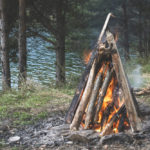When camping, one of the worst things that could happen is for your entire trip to be ruined by rain. That will leave you bound to the campsite and your tent without the possibility of exploring the surroundings.
To avoid such situations, you must always prepare for a camping trip as if expecting rain. That way, you will be ready for heavy or light rain, thunderstorms, and what else not.
In today’s guide, I will share some easy tips and hacks for camping in the rain that will improve your rainy camping trip. To learn more, stick around for the rest of this guide!
More...

Table of Contents
Tips and Hacks for Camping in the Rain
All newbie campers and those who have never camped in the rain need to know a few tent camping in the rain hacks. These hacks are essential to the success of their trip. They cover everything – from the tent's position to the camping supplies, the gear needed, and so on.
These rain hacks are as simple as they could be, so I encourage you to study and remember them before your next camping trip. Here is the list of the 30 most essential hacks that you should focus on:
1. Check the weather forecast before leaving for the trip
If you are not keen on camping in the rain, you should check the weather forecast before planning a trip. If wet weather is predicted for that weekend, you should consider moving your trip to another time.
Even if you do not mind the wet weather, you should check the forecast before heading to a remote campsite. That will help you prepare for the trip better since you will know to take extra waterproof gear.
2. Prepare for a rainy trip just in case
Weather can be unpredictable sometimes. Even if the forecast says there is no chance of rain in the following days, things can worsen within a couple of hours.
I emphasize that you should always pack as if you expect to have rainy days throughout your trip. Take some waterproof gear, extra rain flies and tarps, and some extra clothes. That should be enough to get you through a rainy trip.
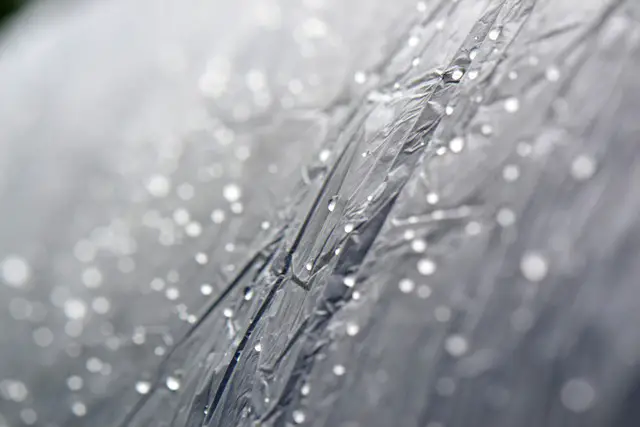
3. Get a waterproof tent
When buying a tent, always go for one made of waterproof fabric. That way, you will not need to get an extra rainfly, a tarp, and waterproofing sprays. The waterproofing in the material will protect you even if a heavy rainstorm occurs.
To ensure your waterproofing stays intact once you start using the tent, follow the storage and cleaning instructions provided by the manufacturing company.
4. Buy extra waterproof tarps
If your tent does not come with a tarp, ensure you get one before your next camping trip. You can use the extra tarp under the tent, over it, in a separate area you want to keep dry, and so on.
Tarps are very helpful in keeping the tent floor dry even if you are staying at a rainy campsite. So, do not hesitate to invest in one or more tarps.
5. Buy a rainfly
Like I mentioned with the tarp, you should always check to see if your tent comes with a rainfly. If it does not, you should invest in a separate one. The most important things are to have a waterproof rainfly and to ensure that the rainfly is a bit larger than the actual tent.
When camping, you can set the rainfly over the tent to keep it dry. You can also use the rainfly as a sunshade when camping on a hot summer day.
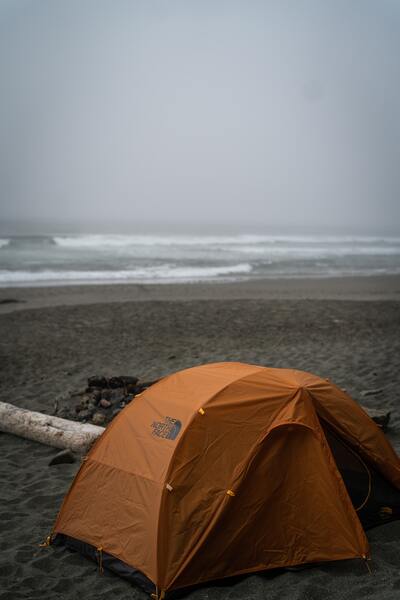
6. Check tent waterproofing
Before you head out on a wild camping trip, you should check the waterproofing on your tent. The waterproof layer in some materials can deteriorate over time. You will need to repair it using a waterproofing spray or something similar.
To ensure everything is okay with the tent, set it up and test it by spraying it with water. If the tent leaks, you should improve the waterproofing before going on your trip.
7. Buy a waterproofing spray
The waterproofing spray is one of the best things you can invest in if you plan to camp in rainy weather. These sprays come in small cans that are not heavy or expensive, so everyone can afford to get one or two such cans.
Once you get the spray, you can use it on your tent, clothes, sleeping bag, or anything else you need to waterproof. Reapply it before every trip to ensure your things stay protected.
8. Buy a seam sealer
If you find that the seals on your tent are leaking, you can repair them by applying some seam sealer. You will need to do this before you go on your trip, so you will need to test the tent at home.
The seam sealer is not that expensive, and it is effortless to use. You can apply it to all areas that seem to leak. Then, you should wait at least 3 hours for it to dry. After that waiting period, you can set up and use your tent wherever you like.
9. Get waterproof camping gear
The first piece of advice I give newbie campers is always to wear waterproof camping gear. This will save you from spending hundreds on waterproofing sprays, sealants, rain tarps, etc. Everything should be waterproof, whether it is a waterproof tent, waterproof shoes, clothing, or a sleeping bag with waterproof layers.
With waterproof gear, you can move freely without worrying that your things will get soaked. That makes the investment worth it if you ask me!
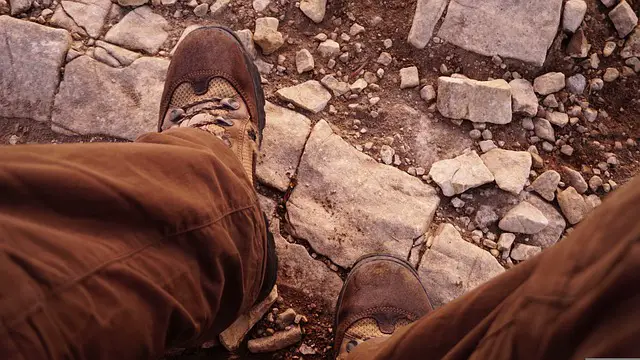
10. Pack a change of clothes
If you do not have waterproof clothing you can take on a rainy trip, you should consider packing a few different outfits for a trip. In that case, even if your clothes get wet, you will have another outfit to put on. In the meantime, you can set the damp clothes to dry in a well-ventilated area.
11. Pack extra socks and hand warmers
When it rains, the temperatures can drop and leave you feeling cold. Especially when camping in the mountains, you will have to deal with freezing days and even colder rainy nights. You will need to find ways to keep yourself warm in those times.
Instead of carrying extra clothing or heavy blankets, you should consider packing extra socks and some hand warmers. You can use them to keep your feet and hands warm, which will also help keep your entire body warm.
12. Bring waterproof bags for your things
Not everyone can invest in a quality waterproof backpack. Suppose you are on a tighter budget but want to keep everything dry during your trip. In that case, you should consider getting waterproof containers or plastic bags.
You can store your clothes in a big plastic bag and seal it shut, ensuring water cannot get into it. You can do the same for any piece of gear you want to keep dry. By the way, you should also make sure that your sleeping bag and tent bag are waterproof.
13. Dry out soaked gear
If your things get soaked during your trip, you should not put them in your tent. That might lead to condensation, especially if you keep the tent sealed during the rain.
This is why you should take an extra tarp for each trip. You can set the tarp up and use the area underneath it to dry clothes. Since that area will be in the open, the air will contribute to your things drying out faster.

14. Plan out campsite setup
To keep your tent dry during the rain, you should ensure it is on elevated ground. That way, the water will move away from it instead of accumulating under it, which will happen if you put your tent over a hole.
If you cannot find an elevated piece of land, make one yourself while it is not raining. If the ground is wet when you get to it, make the elevated area, set your tarp, and then set the tent.
15. Steer clear of rivers and creeks
You should not set camp near rivers or creeks if you suspect it might rain. In case of heavy rain, the river might pour out and make a mess around it. You do not want to have your tent near the river at that time – a rain tarp or waterproofing spray will not be able to save you from the amount of water coming your way.
16. Have a covered seating area
Sitting in your tent for the entirety of your trip will not be much fun. Remember that extra tarp I advised you to get? You can use it to make a covered seating area outside your tent.
Some larger tents have a pre-made seating area or porch, but others do not. If your tent falls into the second category, make your own porch by covering a certain space with a tarp. You can use the porch for sitting and watching the rain.
17. Create a covered cooking area
It is also not very pleasant to cook in the rain. When going on a wet weather camping trip, you will need to make an outdoor cooking area that you will cover with a tarp or rain fly. Under no circumstance should you consider lighting a fire or a stove inside the tent, as that could easily take a turn for the worse.
18. Bring ready-made food from home
If you do not have much camping rain gear and do not want to cook in the open while it is raining, you can always make your food at home and bring it on the trip in a small fridge. Such fridges are very convenient for outdoor trips, but they might be heavy.
So, be wise with the amount of food you take. Only take what is necessary, or you will be stuck with a heavy load to move back and forth.
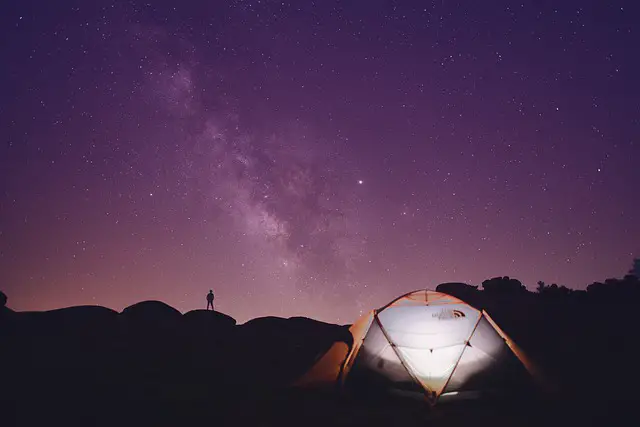
19. Keep doors and windows closed during rain
While it is raining, keep all openings on your tent sealed shut. Otherwise, you risk some of the water getting into your tent and making a mess. You do not want to be sleeping inside a wet tent, so do your best to protect it and keep it dry while it rains.
20. Air out tent after rain
If you see that the rain stops for a minute or two, use that opportunity to air the tent out. The water on the outside and your breathing on the inside could cause condensation. That is as bad as sleeping in a wet tent.
So, you will need to air the tent out by opening the tent windows. If you do not have windows, you can also wipe the condensation from the walls with a clean, dry towel.
21. Get a bivouac sack for your sleeping bag
If you do not have a good bag to store your sleeping bag, you should invest in a bivy sack. You can use the same sack to transport the sleeping bag or to keep it dry. You will only need to use the sack as a liner for your sleeping bag whenever it rains.
22. Keep sleeping bags removed from tent walls
When setting your sleeping area, ensure your sleeping bag is not near the tent walls. If the bag touches the wall, it might become wet. You should keep your sleeping bag dry if you do not want to make your clothes damp or risk getting a cold.
23. Place a welcome mat in front of the tent
There is no room for damp, muddy shoes in your tent. You should ensure all wet gear stays outside the tent, including your shoes. It would be best to set a welcome mat in front of the tent and leave all your shoes there.

24. Gather wood before the rain
As soon as you arrive at the campsite, start collecting firewood. You should do the same before it rains because it is twice as hard to start a fire using wet firewood. Collect the wood and place it in a dry area.
25. Cover firewood
As soon as you collect the firewood, you should place some kind of tarp or rainfly over it to keep it from getting wet. Keep the tarp on during the rain, but remove it when it stops raining. That way, the air will dry the logs faster.
26. Keep firewood on elevated grounds
Placing firewood on wet ground will make the logs damp and unusable. This is why you should consider making a bed for the firewood. You can collect some larger rocks, set them, and put the firewood over them. That way, the water will not be able to get to them.
27. Bring waterproof matches
There are matches with a special coating on them. These are often called waterproof matches because water cannot extinguish their flame. If you plan to go camping in the rain, get such matches. They will make it much easier for you to start a fire and keep it going even if it is pouring outside.
28. Bring flashlights and extra batteries
Bad weather and rain come from those nasty dark clouds that could fill the entire sky. Such clouds are not only bad because they cause rain but also because they hide the sunlight and make the whole day darker than it should be.
For such days, you will need some flashlights or even lanterns to light up the campsite. If you suspect rain for the weekend, pack extra batteries so you can keep the flashlight or lantern on for as long as needed.
29. Find a way to entertain yourself
If you plan a family camping trip during rainy weather, you will need to find some way to entertain yourself and your loved ones. Consider taking some cards, a few games, or plan other activities you can do even if it is raining. This will help you stay entertained even if you spend the entire camping trip in your tent.
30. Enjoy the rainy weather
Rain is not so bad; you might want to appreciate it while on your trip. Why not try dancing in the rain to your favorite music? Try to awaken your inner child by jumping into the puddles or simply sit around and enjoy the sound of the rain.
The success of your trip also depends on your attitude. Always leave the house wearing a smile, and do not forget to take your positive attitude!
Wrap up
I hope this guide taught you many helpful ways to turn a rainy camping day into fun. Camping in the rain can also be a lot of fun if you know how to protect your tent and gear. So, pay close attention to the tips and hacks listed above, and you will have no problem having a successful camping trip, even in wet weather!
- Are Merrell Shoes Good? – An Unbiased Review of Merrell Footwear - December 9, 2023
- Where Are Merrell Shoes Made? - December 9, 2023
- Camping in 40-degree Weather: Tips and Tricks - September 25, 2023

![How To Cook Rice When Camping? [12 Easy Ways] How To Cook Rice When Camping? [12 Easy Ways]](https://grandcircletrails.com/wp-content/uploads/2022/10/How-To-Cook-Rice-When-Camping-150x150.jpg)
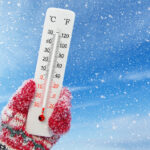

![How to Make a Tent Warmer? [Easy & Simple Steps] How to Make a Tent Warmer? [Easy & Simple Steps]](https://grandcircletrails.com/wp-content/uploads/2022/10/How-to-Make-a-Tent-Warmer-1-150x150.jpg)
![How to Dry Tent after Rain? – 2 Proven Methods [Explained] How to Dry Tent after Rain? – 2 Proven Methods [Explained]](https://grandcircletrails.com/wp-content/uploads/2021/08/How-to-Dry-Tent-after-Rain-1-150x150.jpg)
